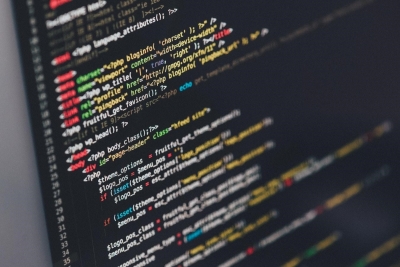What is the role of codes in communication?

What are codes?
Well behind one simple action that you want the computer to perform are pages and pages of codes that instruct the computer to perform the necessary action and give the desired output. These codes are sets of instructions given to the computer to perform an action, and the process of writing codes in programming language - the language the computer understands - is known as coding.
When you browse the web or use any software, what you see on the screen is in the language you understand, but what is written for the computer is different. For example, visit any page in the web and right click and select view page source. What you see are codes written in a programming language which instructs the computer to display what you see on screen. There are even codes that tell the computer to accept a particular action from a user, like opening a new link.
Individuals who write these codes in a programming language they are comfortable with are called coders, developers or programmers.
How to code?
Coding is done using programming languages such as Java, CSS and HTML The computer does not understand anything beyond the binary digits 1 and 0. If you had to communicate directly with the computer, you would have to talk in 1s and Os. However, since this is a massive task for humans to process, programming languages were introduced to bridge the gap.
A programming language lets you write the code in a language you can understand and translates it for the computer. There are two types of programming languages high-level and low-level.
A low-level programming language is closer to the binary code that a computer understands, while a high-level language is closer to what humans understand. High-level languages are designed to be easy-to-write codes. Most programming languages available in the market today are high-level languages.
If you are interested in coding, next week, we elaborate on the skills required for coding and tips to get started.
Picture Credit : Google













